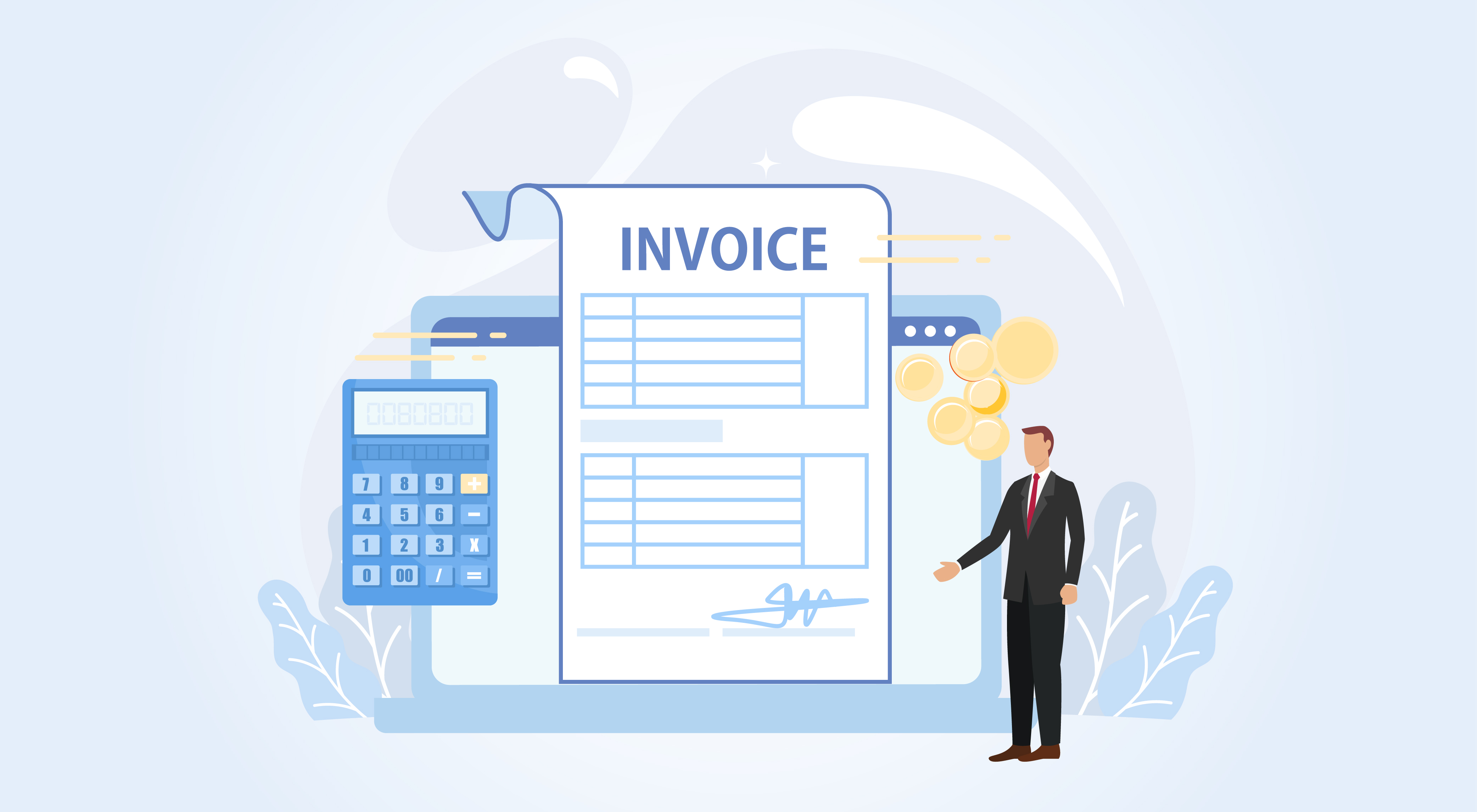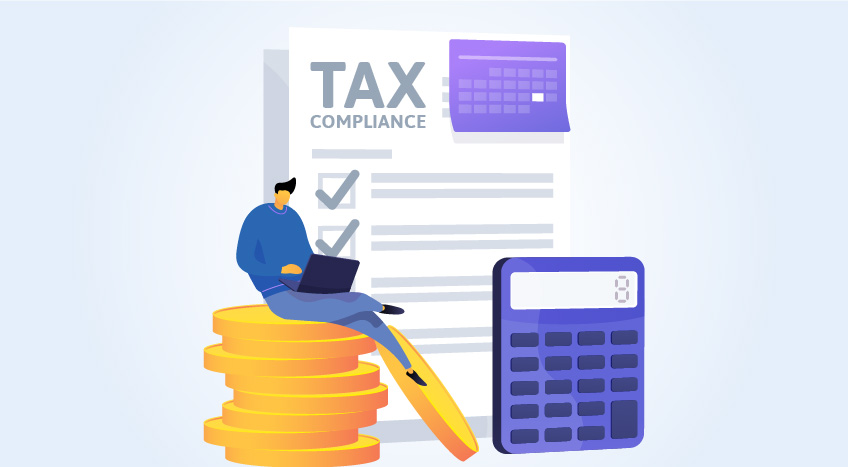With the final approval and signing of GCC united VAT Agreement by all the member countries, the taxation system VAT is all set to be implemented in GCC Member States. It is expected to be implemented by 2018 and the formulation of laws and regulations in each of the member countries are some of the major immediate steps involved in the implementation of VAT.
While these countries are preparing for implementation VAT, what does it implies to the businesses, for whom the subject Indirect Taxation is new although it exists in certain business-specific scenario. No doubt, in several ways the business will be impacted. The reason being, indirect tax 'VAT' being a transaction-based tax, which requires you to ensure that every transaction recorded are VAT complaint. To ensure compliance, it is imperative for businesses to understand what is VAT? How does VAT system work? Let us discuss.
What is VAT?
Value Added Tax (VAT) is the tax levied at every level of value addition done to the product across the supply chain. It is levied at every point of sale from manufacturer till it is sold to an end consumer. This achieved by allowing tax paid on purchase known 'Input Tax Credit' or also known as 'input VAT' to be adjusted with the VAT collected on sales knows as 'Output VAT'. Ultimately, the entire tax is paid by the consumer.
How does VAT system work?
VAT is a consumption-based tax with the provision to allow Input tax credit -Tax paid on purchases to be utilized or set-off against the VAT liability Tax collected on Sale. If there is any balance liability after adjustment, the same needs to be paid to the government.
Let us understand with an example
| Name | Type | Purchase | Sales | VAT | ||||||
| Cost | VAT 10% | Total | Selling Price | VAT 10% | Total | Input VAT | Output VAT | VAT Payable | ||
| Output VAT - Input VAT | ||||||||||
| A-One Supplies | Raw Material Supplier | -- | -- | -- | 1,000 | 100 | 1,100 | 100 | 100 | |
| Best Bicycles Ltd | Manufacturer | 1,000 | 100 | 1,100 | 1500 | 150 | 1650 | 100 | 150 | 50 |
| Top Distributor Ltd | Distributor | 1500 | 150 | 1,650 | 2200 | 220 | 2420 | 150 | 220 | 70 |
| Favourite Bicycles Store | Retailer | 2200 | 220 | 2,420 | 2500 | 250 | 2750 | 220 | 250 | 30 |
In the above example,
- Best Bicycles Ltd, bicycle manufacturer pays VAT 100 @ 10% on purchase of raw materials which are required to manufacturer a bicycle. After manufacturing, he sells the bicycles to Top Distributors Ltd at 1,500 plus of 150. In arriving the VAT payable to the government, Best Bicycles Ltd need to adjust the input of 100 with output VAT 150 and the balance 50 will be payable.
- Top Distributor LTD sells the bicycles at 2,200 + VAT 220 to Favourite Bicycles Store who is a retailer. Since he has already paid VAT of 150 to Best Bicycles Ltd, he will be allowed adjust Input put of 150 with output VAT 220 and the balance 70 will be payable to the government. If you observe, the VAT of 70 which he is paying is exactly 10 % on value addition of 700.
- Favourite Bicycles Store is a retail store, he sells the bicycle to Mr. Imran who is an end consumer for 2,500 with VAT 250. Similar to the above, Favorite Bicycle store adjusts the Input VAT of 220 with output tax 2500 and pays balance 30 to the Government.
Now, if you closely observe, the total tax paid by all parties (A-One Supplies 100 + Best Bicycles Ltd 50 + Top Distributor Ltd 70 + Favourite Bicycles Store 30) is 250 which is exactly the same amount of VAT paid by the Mr Imran on purchasing the bicycle. Therefore, the businesses engaged in supply chain will pass on the burden of tax to next stage and ultimately, VAT is paid by the end consumer.
Read more about UAE VAT
UAE VAT Return, VAT in UAE, Frequently Used Terms in VAT, VAT Exempt Supplies in UAE, VAT Return Form 201, Tax Audit under VAT in UAE, Supply under UAE VAT, Supply of Goods and Services in UAE VAT, Input Tax Recovery under VAT in UAE, VAT Return Filing in UAE, VAT Return Filing Period in UAE, Tax Agent under UAE VAT, Value of Supply for Import of Goods, Tax Residency under VAT
Input & Output VAT
Checklist for Input VAT Recovery under VAT in UAE, Input VAT Adjustments in VAT Return Form 201, Apportionment of Input Tax, List of business expenses on which input VAT is blocked, Input VAT Adjustments under Capital Assets Scheme, Input VAT Recovery for Reverse Charge Supplies in VAT Form 201, Output VAT adjustments
FAQs on VAT
VAT FAQs on Education Sector in UAE, VAT FAQs on supply of real estate in UAE, VAT FAQs on implementing VAT in your business, VAT FAQs on Zero Rate and Exempt Supplies in UAE, VAT FAQs on UAE Free Zone, VAT return FAQs









